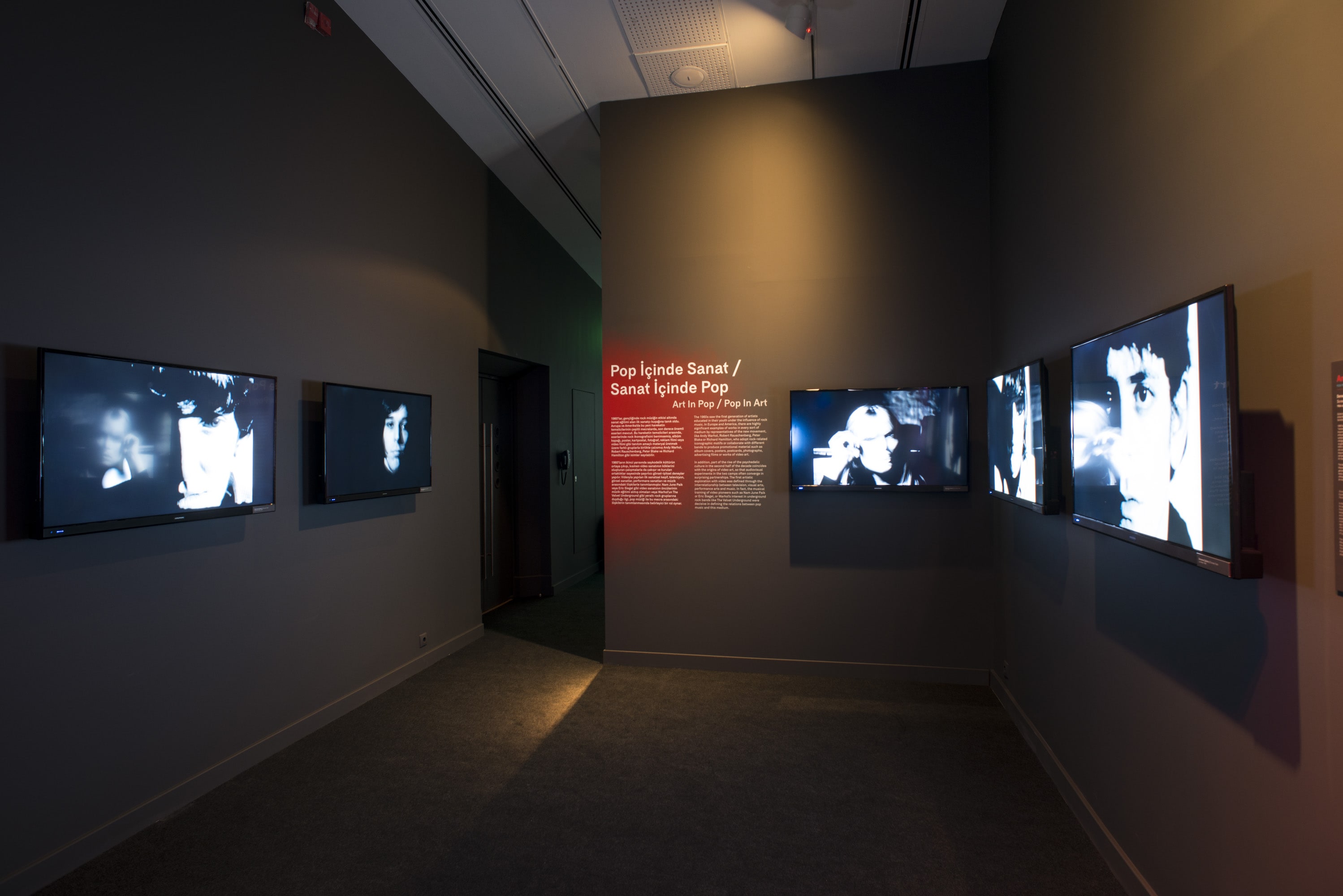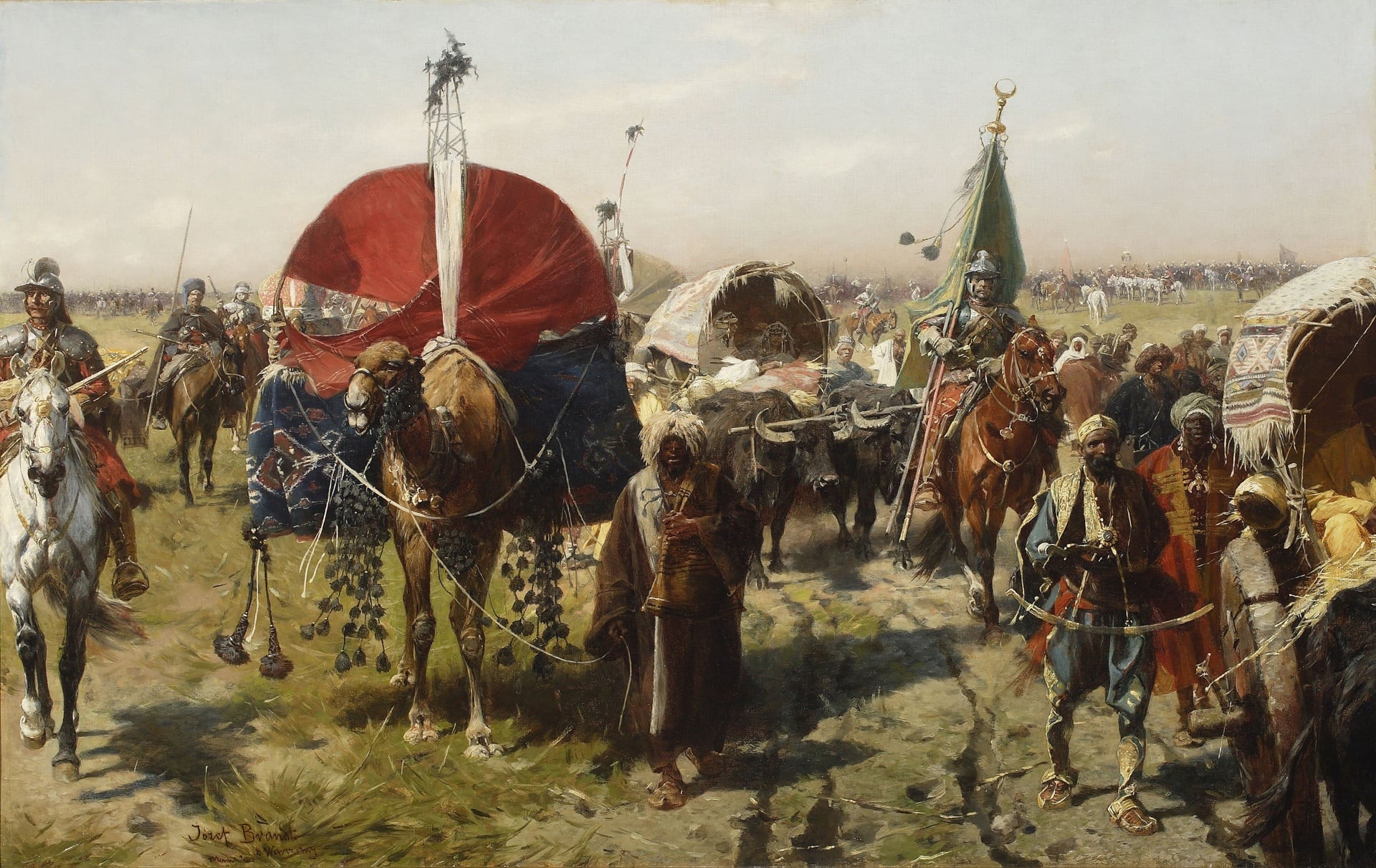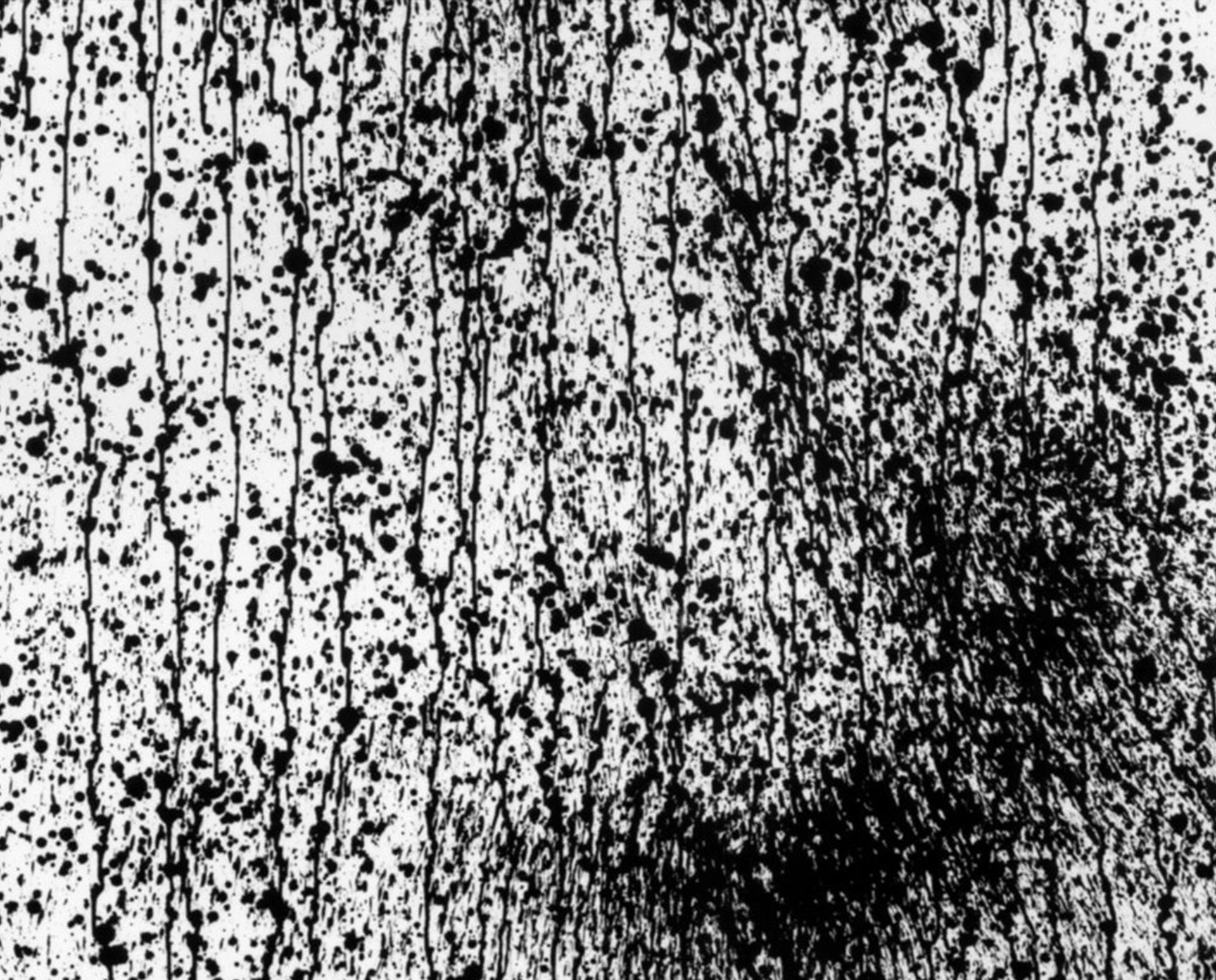Director: Luchino Visconti
Cast: Alain Delon, Renato Salvatori, Annie Girardot, Claudia Cardinale, Spýros Fokás, Katína Paxinoú
Italy, France, 1960, 192’, black & white; Italian Turkish subtitles
Directed by Luchino Visconti in 1960, Rocco and His Brothers is one of the pioneering films of Italian neorealism, depicting the story of a family running away from the poverty of Southern Italy and trying to make a living in industrial Milan. The film narrates the experiences of five brothers – Vincenzo, Simone, Rocco, Ciro, and Luca. Rosari, their mother, believes that her eldest son Vincenzo will help them out of poverty because he had moved to the city earlier. Simone, who is a boxer, and Rocco (Alain Deleon), who will become one, face it out over a woman. The film has a unique place in the history of cinema with its realistic narration and occasionally pessimistic but deep observations on human nature.
Trailer

Between 1963 and 1966 Andy Warhol worked at making film portraits of all sorts of characters linked to New York art circles. Famous people and anonymous people were filmed by Andy Warhol’s 16 mm camera, for almost four minutes, without any instructions other than ‘to get in front of the camera’.

Józef Brandt harboured a fascination for the history of 17th century Poland, and his favourite themes included ballistic scenes and genre scenes before and after the battle proper –all and sundry marches, returns, supply trains, billets and encampments, patrols, and similar motifs illustrating the drudgery of warfare outside of its culminating moments.

Three people sleeping side by side. On the uncomfortable seats of the stuffy airplane in the air. Three friends. I’m the friend in the window seat. The other two are a couple, Emre and Melisa. I’m alone, they are together. And another difference. I’ve only closed my eyes. They are asleep.
Tuesday - Saturday 10:00 - 19:00
Friday 10:00 - 22:00
Sunday 12:00 - 18:00
The museum is closed on Mondays.
On Wednesdays, the students can
visit the museum free of admission.
Full ticket: 300 TL
Discounted: 150 TL
Groups: 200 TL (minimum 10 people)